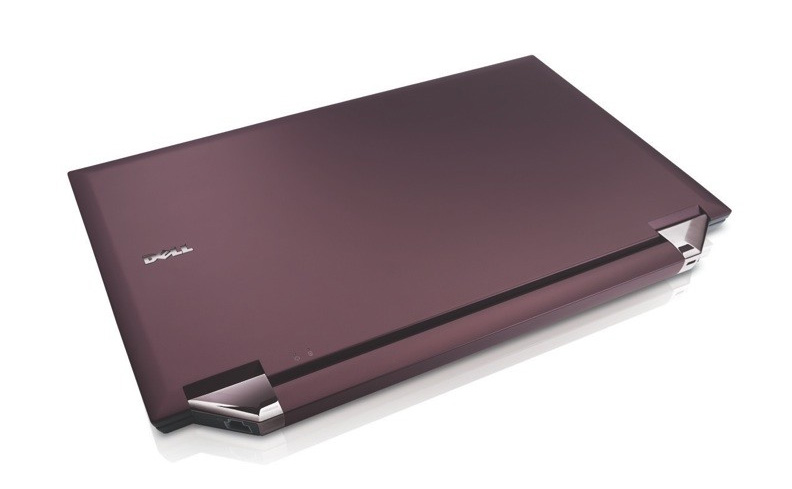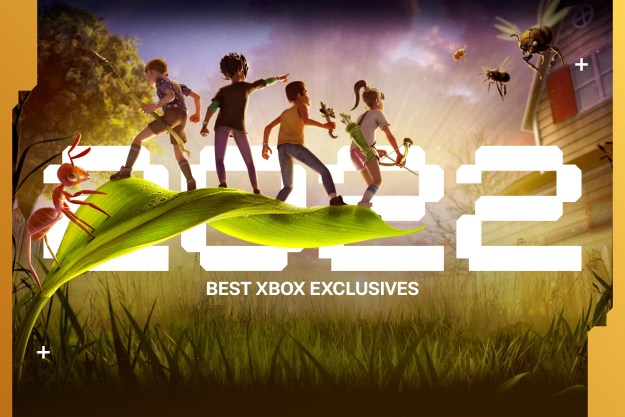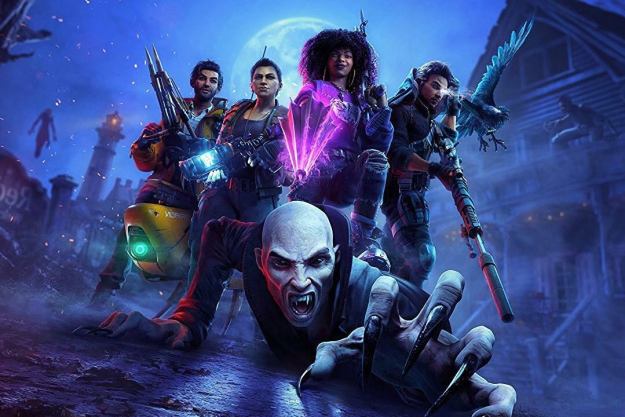
Microsoft has decided to get into the gaming mouse business, unveiling its new SideWinder gaming mouse enabling serious PC gamers to customize and tweak the device to their heart’s content—and thereby, presumably, achieve some sort of nirvana unattainable to mundane mousers. The mouse also marks the return of Microsoft’s old SideWinder line that the company launched n 1995, but discontinued the gaming peripheral series back in 2003, bowing to pressure from more aggressive manufacturers.
“We’re taking gaming mice to a new level with a mouse created in direct response to gamer feedback from all over the world; it offers superior customization and performance handling,” said Bill Jukes, hardware product marketing manager for Microsoft, in a statement. “We found that gamers are a lot like performance car enthusiasts. They like to tweak and tune their mouse to get it just right, and today we are giving them the tools to create a personalized experience that lets them focus on what’s important: being at the top of their game.”
The new SideWinder mouse is highly adjustable, offering a weight tray so users can make the device has fleet (or solid) as they desire, along with interchangeable feet to suport users’ glide preferences. But the highlight hardware change is an on-mouse LCD display gamers can use to keep track of key parameters, like their current DPI settings and steps for recording mouse macros. Users can also switch between low, medium and high-sensitivity DPI settings, and a new “Quick Turn” performance-enhancing macro lets users quickly scan their in-game perimeter with the click of a single button. Microsoft says the mouse’s cable management system offers the feel of a wireless mouse with the connection speed and response of a corded device, since extra cable is kept constrained in a device which also doubles as a storage compartment for mouse weights and feet. The mouse also sports a wide scroll week and two vertical side buttons—and Microsoft is claiming the recordable macro feature is like having almost 5,000 different mice in one. At least, if users want to invest the time to record 5,000 macros.
The SideWinder mouse will be available in October at a suggested price of $79.99; pre-overs are open now on Amazon.com.
Editors' Recommendations
- For Microsoft, indies aren’t Game Pass extras. They’re the future of Xbox
- Don’t ignore Spider-Man 2’s side missions. They’re the best parts of the game
- Why cloud gaming is the linchpin in Microsoft’s troubled Activision Blizzard acqusition
- Microsoft pledges to bring Xbox PC games to Nvidia GeForce Now
- Microsoft signs a 10-year deal to bring Call of Duty games to Nintendo platforms


